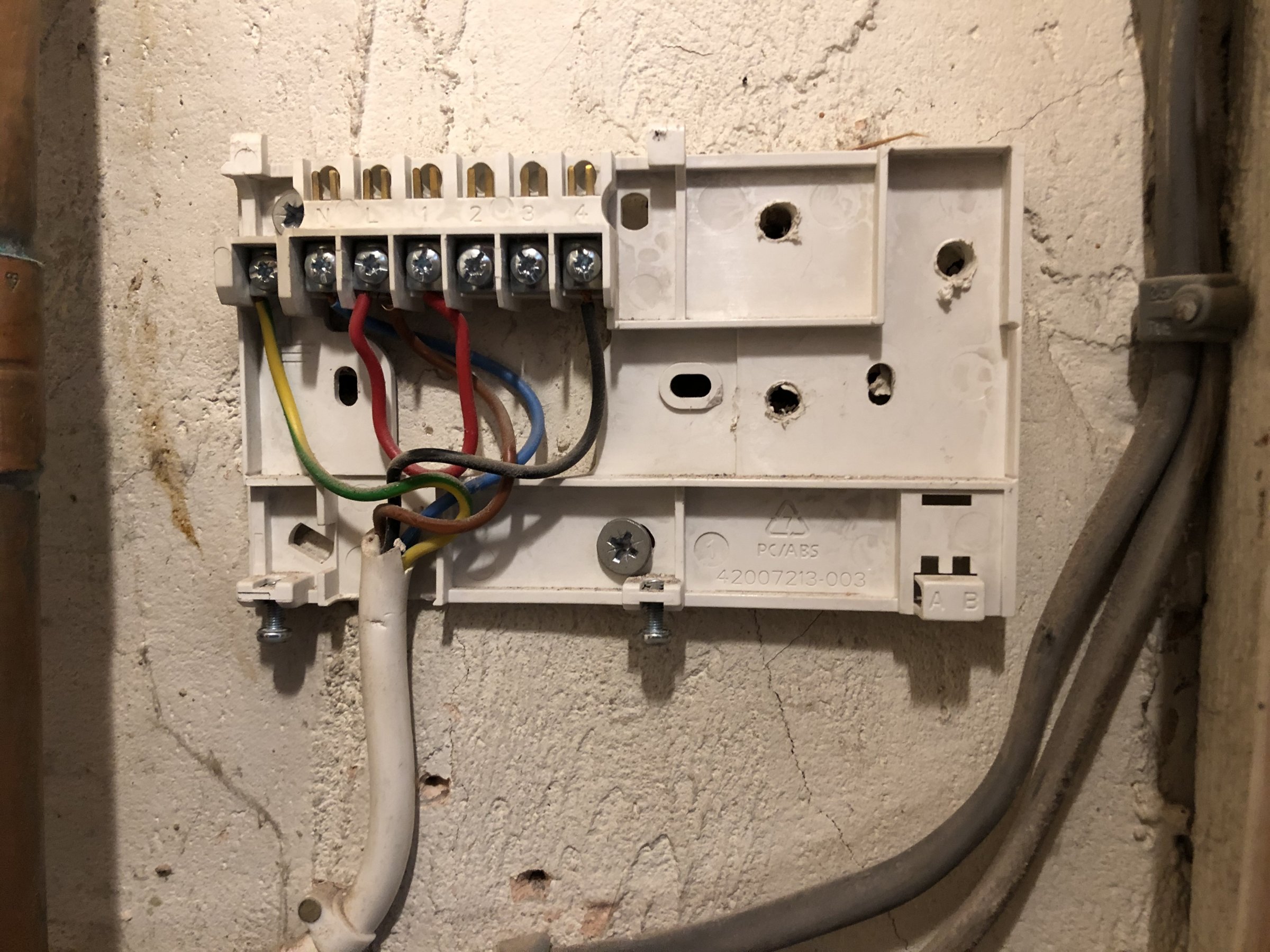Sorry- yet another smart thermostat wiring question.
I want to install a Drayton Wiser two channel system. I currently have a Honeywell wireless thermostat (connects to a R6660D) controlling my central heating.
I have a Honeywell wired timer (ST9100c) controlling my hot water cylinder.
I have no idea how to wire these into the wiser back plate. I’m a competent DIYer but I’m not sure if this is beyond me (or even possible!). Here are photos of the current wiring-
This is the hot water timer.
This is the junction box.
This is the wireless heating thermostat receiver.
This is all three connected.
Any advice much appreciated. Many thanks.
I want to install a Drayton Wiser two channel system. I currently have a Honeywell wireless thermostat (connects to a R6660D) controlling my central heating.
I have a Honeywell wired timer (ST9100c) controlling my hot water cylinder.
I have no idea how to wire these into the wiser back plate. I’m a competent DIYer but I’m not sure if this is beyond me (or even possible!). Here are photos of the current wiring-
Any advice much appreciated. Many thanks.
Last edited:





